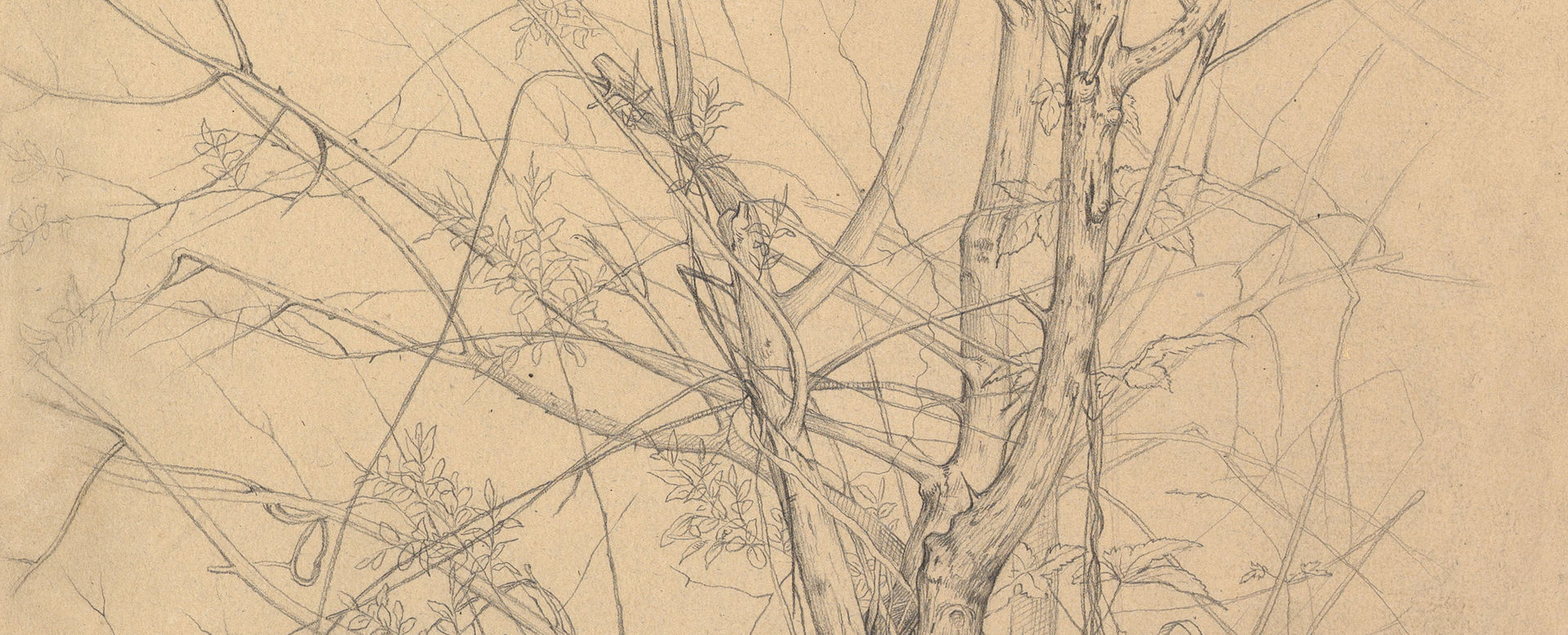Album with 25 designs for brooches, bracelets, and other jewelry for Mellerio-Borgnis
Not on view
Album of drawings in pen and ink of designs for jewelry in the style of the French School of the 19th century. The artist of these drawings is likely to have worked for Mellerio-Borgnis, and is likely to have been Felix Mellerio, owner of the firm. The youngest son of François Mellerio (owner of one of the oldest and most prolific jewelry companies in Europe), Felix Mellerio descends from a tradition of jewelers that have served French and European royalty, including Marie de Medicis, Marie Antoinette, and Empress Josephine, as well as Queen Isabella II of Spain. Originally from Lombardy, his family immigrated to France during the reign of Marie de Medici and established a renowned workshop. While his eldest brother Jean-François led the family company, renamed by him 'Mellerio dits Meller', upon their return to France after the French Revolution, Felix married Emilie Borgnis, daughter of another prominent family of jewelers, and ran their separate company, Mellerio-Borgnis.
The album was formerly housed in the collection of Giroux, a family of restorers, dealers, cabinetmakers and painters, established in the 18th century. The designs include a variety of brooches, pendants and bracelets of the style characteristic of the 19th century, revealing the inspiration from the past, particularly Ancient Greece and Rome, and the Medieval and Renaissance periods, and a taste for naturalistic jewelry with clearly recognizable flowers and fruits. Although some of the designs in the album are in a style more characteristic of the first decades of the 19th century, others, particularly the designs for bracelets, are closer to the style of the mid-19th century, and the beginning of the Second Empire.



